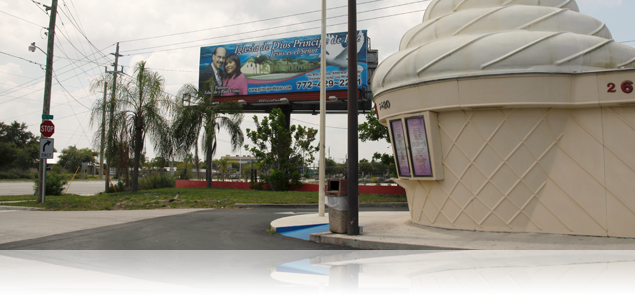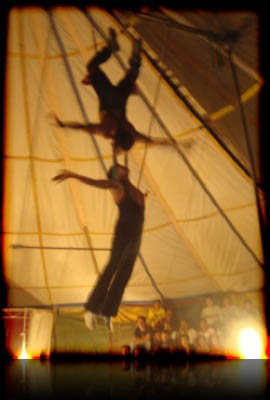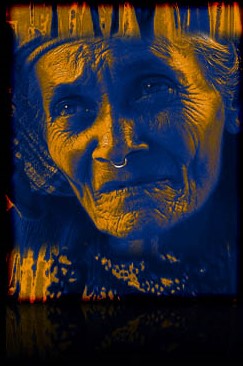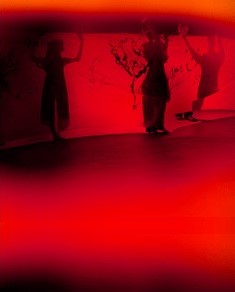The Land of Sunshine
DOI:
https://doi.org/10.25071/1913-5874/37343Abstract
The Florida I grew up with - Marineland, Coral Castle, Weeki Wachee, mom-and-pop motels - is fast disappearing, replaced with more and more theme parks and big box chain hotels. Before the interstates laced across the state, US1 was the main access to Florida and many of these older attractions (or what remains of them) lie along this highway. The Land of Sunshine is my photographic series that sets out to document these disappearing monuments before all trace of them is gone.
So much of living in a place designed for the sole purpose of selling itself to visitors is the sacrifice of nostalgia. These cute mom-and-pops motels and the boardwalk, which hold fond memories for many in the region, just look run down and “old” to the tourists. For this reason, little stays the way it is; there is constant remodeling, a never-ending expansion, and a steady development. This happens to the point that much of Florida’s history is lost, forgotten, and covered up by the sky-rise, beach-view condos that seem to multiply daily.
Florida’s commodity is itself. It’s an image. It’s a reflection of both careful branding as well as exterior expectations. This process creates a special sort of irony. In an area where tourism is a major part of the economy, this region chooses to let itself be shaped so that visitors will be pleased. A business could only succeed based on the public opinions of places such as Peoria, IL or Toledo, OH. Now the region mourns the loss of landmarks built primarily for others.
Starting at the Florida-Georgia border, I have been traveling along US1 documenting the remnants of attractions, motels, roadside stands, “tourist traps” and whatever else I find along the highway. There is a reoccurring theme along this highway and throughout Florida (and probably much of America right now) - property. Past commercial successes no longer possible and unbridled ambition have motivated small groups to purchase, parcel and zone all possible land. The result is an area razed by “outsiders” in the name of progress. To those in the region, the word “developer” has become something most foul. They are seen as destroyers of mass pleasure for the sake of private profit. They are seen as vampires.
In my series I photographed an empty lot that once was the Daytona Bowl. My memories of the Daytona Bowl include skipping class one afternoon to go there with a friend in high school. I had never been bowling before and although it seemed like an odd way to spend a skip day (usually young people enjoy more “dangerous” or exciting activities) but there, with the unemployed and the retired, I bowled for the first time and found out I was fairly decent at the sport.
The Daytona Bowl lot was purchased in 2004 and torn down in preparation for a condominium that was never built. Now the empty lot is up for sale. There are a lot of things in Daytona that were torn down in the real estate boom that were never replaced. I can’t help but think as I drive by them that if only they hadn’t been torn down in the first place we could still be bowling or playing skee ball at the boardwalk.
How long can we as a society continue to expand? Is new always better? Is old always bad? Perhaps this region should be allowed to embrace what the tourists have abandoned.
Liz Murphy Thomas is an artist, photographer and educator. She holds a BFA in Creative Photography from the University of Florida and an MFA in Photography and Digital Imaging from the Maryland Institute College of Art. Ms. Thomas’ work investigates issues of identity, memory and the associations we give to our possessions. She is currently an Assistant Professor of Digital Media at the University of Illinois Springfield.





